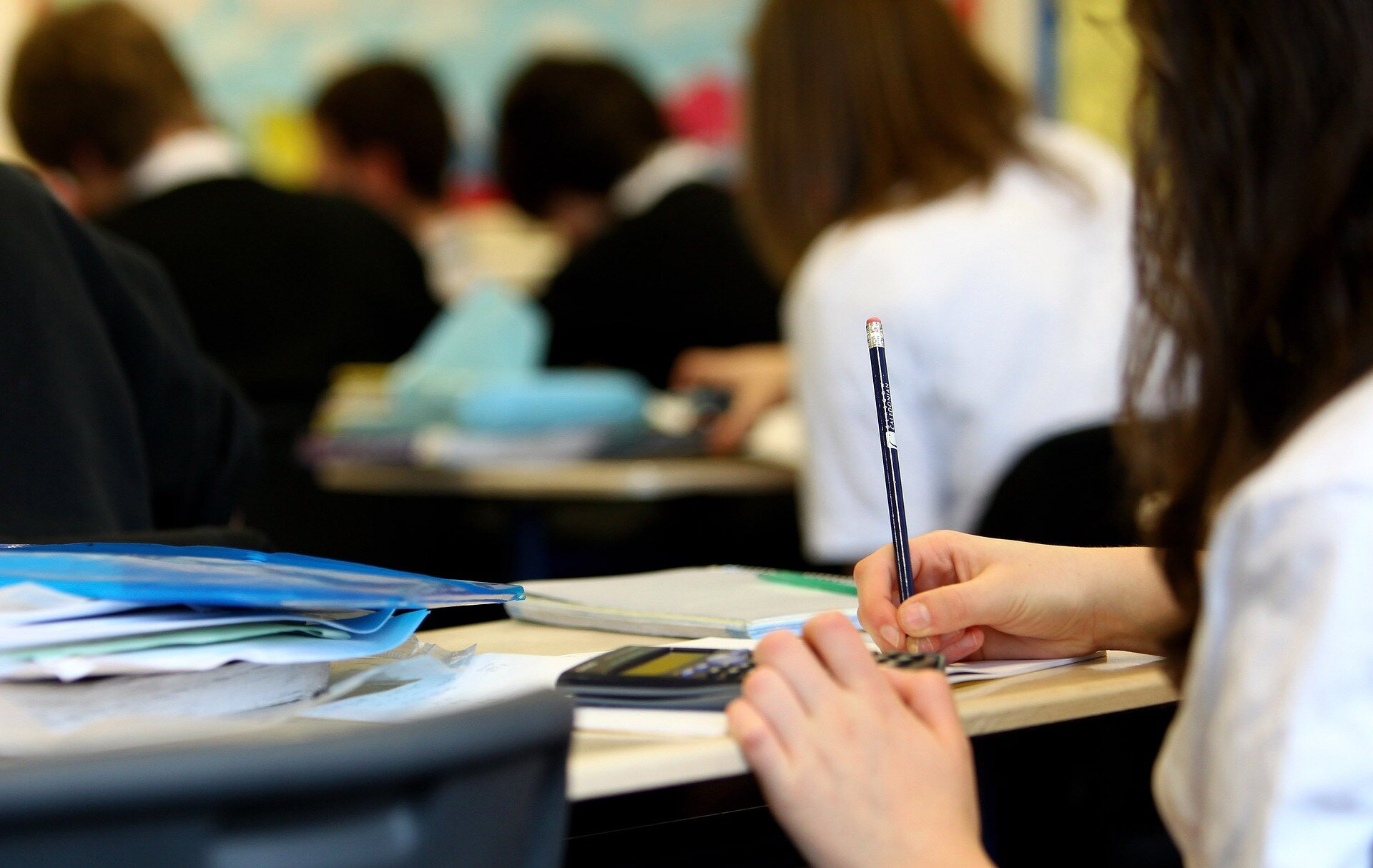- Can captive tigers be part of the effort to save wild populations?
- Simulated construction of plant-based fish meat with composite structure via 3D printing
- Greylag geese with similar personalities have higher hatching success, study suggests
- Exploring the interplay between phosphate signaling and jasmonate pathways in tea plants
- Researchers document Russian destruction of Ukrainian archaeological sites
Who Won the U.S. Presidential Debate?

Researchers enhance object-tracking abilities of self-driving cars
Researchers at the University of Toronto Institute for Aerospace Studies (UTIAS) have introduced a pair of high-tech tools that could improve the safety and reliability of autonomous vehicles by enhancing the reasoning ability of their robotic systems.
The innovations address multi-object tracking, a process used by robotic systems to track the position and motion of objects—including vehicles, pedestrians and cyclists—to plan the path of self-driving cars in densely populated areas.
Tracking information is collected from computer vision sensors (2D camera images and 3D LIDAR scans) and filtered at each time stamp, 10 times per second, to predict the future movement of moving objects.
"Once processed, it allows the robot to develop some reasoning about its environment. For example, there is a human crossing the street at the intersection, or a cyclist changing lanes up ahead," says Sandro Papais, a Ph.D. student in UTIAS in the Faculty of Applied Science & Engineering. "At each time stamp, the robot's software tries to link the current detections with objects it saw in the past, but it can only go back so far in time."
In a new paper presented at the 2024 International Conference on Robotics and Automation in Yokohama, Japan, Papais and co-authors Robert Ren, a third-year engineering science student, and Professor Steven Waslander, director of UTIAS's Toronto Robotics and AI Laboratory, introduce Sliding Window Tracker (SWTrack)—a graph-based optimization method that uses additional temporal information to prevent missed objects.

- September 20, 2024
Proteins in tooth enamel offer window into ancient and modern human wellness

- September 20, 2024
Don't overlook microorganisms' role in planet health, scientists warn

- September 20, 2024
Targeted interventions add five months' progress for students with SEND


- September 19, 2024
Football: WHO, FIFA launch global awareness campaign for brain injury

- September 19, 2024
DNA origami and fluorescent probes can precisely release molecular cargo


- September 19, 2024
Nkwanta South Education Directorate receives over 700 desks from Assembly


- September 19, 2024
3D technology aids London surgeon in separating conjoined twins

- September 19, 2024
Experts link rising throat cancer cases to HPV, oral sex

- September 20, 2024
Research proposes theory to model interplay of personal and social beliefs
Subscribe to our mailing list to get the new updates!

Subscribe our newsletter to stay updated
Thank you for subscribing!


